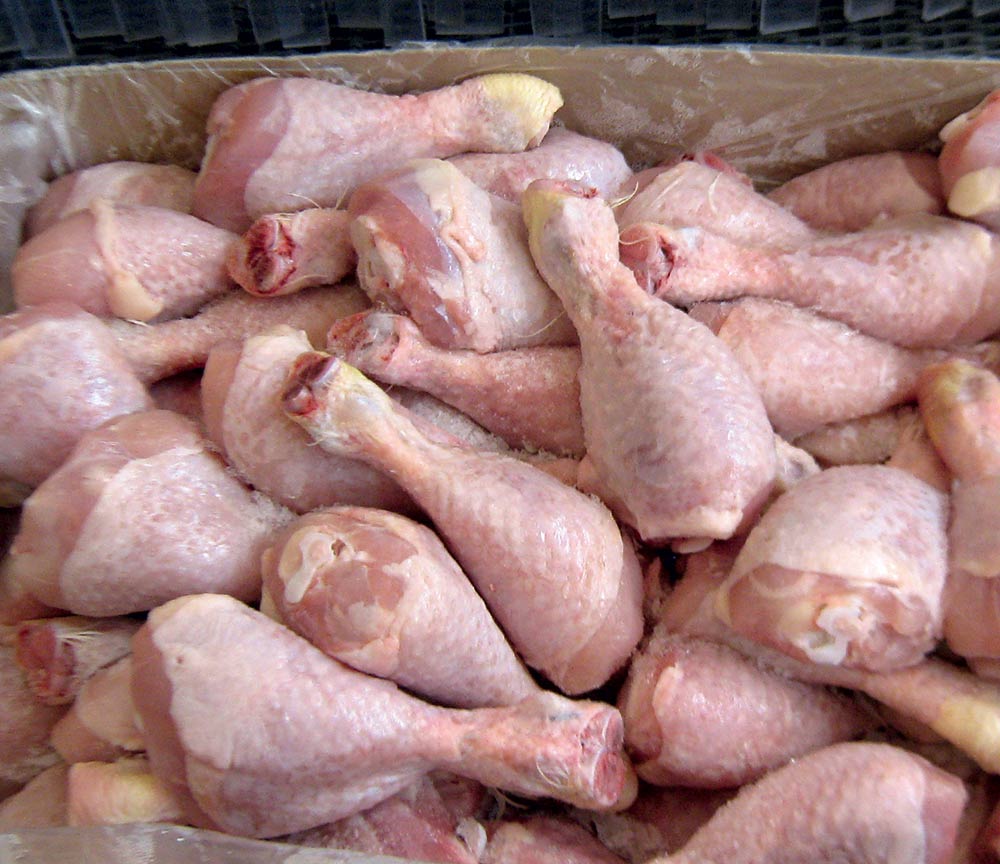How Radio Frequency Technology Makes Food Healthier and Safer
Radio frequency technology is a process that has been used in many industries with great success. Now, the food industry is using this technology to make food safer.
Radio frequency technology is a heating and drying process that can dry food very quickly after it is made. It can also be used to thaw frozen foods. Unlike usual techniques that transfer the heat through the surface from an outside heat source, a radio frequency field generates heat directly inside the entire product itself.
Radio Frequency Technology and Food
Fresh foods, such as vegetables, fruits, and certain kinds of fish contain a lot of water and are highly heat-sensitive. Preserving these types of food often uses thermal processing to extend their shelf-life.
It also avoids the use of chemicals, which can stay in the food and one of the most efficient, safe ways of heating food.
The application of this technology to fresh foods is growing in popularity because it is fast, costs less, and provides deep thermal penetration. There is even the possibility of better quality control.
It can be used with all fresh food processing, including cooking, microorganism reduction, disinfestation, thawing, and blanching. It tends to make foods more healthy because it happens very quickly and to the entire item at once, not in sections.
The best-known use of radio frequency technology in the food industry is for freshly baked items. Examples of this are using the technology to dry biscuits, crackers, breakfast cereals, and other items that need to be packaged quickly to preserve freshness.
There are other uses for radio frequency technology heating methods, such as using the technology to defrost frozen fish, meat, vegetables and other raw or processed foods.
Benefits
One of the biggest benefits is the efficiency of the process and how quickly it can be done. The exact amount of heat that is required is developed instantly inside the product, regardless of its density, size, or thermal conductivity, without losing anything to the environment.
This makes food much safer because it sanitizes the product while it dries it. It can also stabilize and inactivate bacteria that may be found naturally in certain foods, like liquid items, baked goods, and items containing raw eggs.
The heating and drying process can help pasteurization and sterilize many items that can become contaminated quickly while they are waiting to be packaged.
The same radio frequency technology is used for thawing, softening, and defrosting certain items needed for food production. This is particularly beneficial for thawing things like butter needed for baking, meats, and large batches of frozen vegetables.
While certain foods don’t need to be completely dried out, like dried fruit, there are some, like legumes that do. Certain foods react differently to radio frequency technology, and it will work much better for some over others.
The process is similar to that of a microwave. While there are certainly great breakthroughs being made, the field is still a work-in-progress. But the results are making food much healthier and safer.
The speed of radio frequency technology means foods can be processed faster from their original point of freshness. Another great benefit is that it is eco-friendly technology and energy-efficient.
More and more, radio frequency technology is stepping in to replace other conventional methods of food preparation and processing. It can work faster and more completely using less energy.
Because radio frequency technology can get deep into the product. It keeps the product fresher, and the food maintains a fresher look and quality.
If you are a company that processes food and uses radio frequency technology, or if you are interested in using it at your facility. Contact Scan American today to learn more about how this technology can increase efficiency and food safety for your company.

